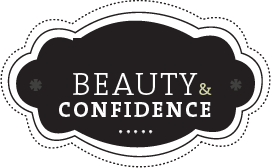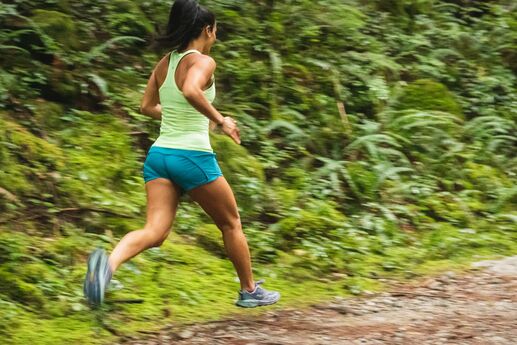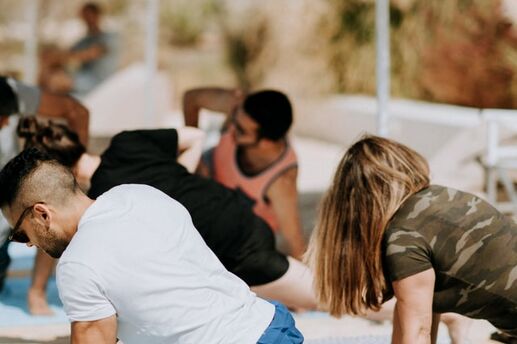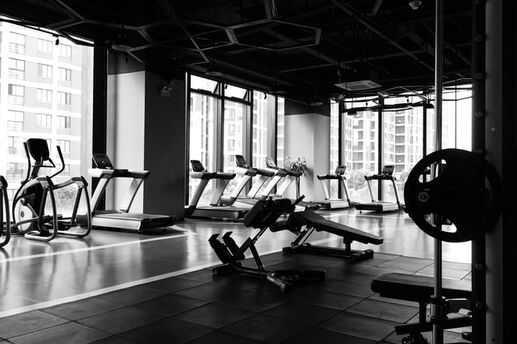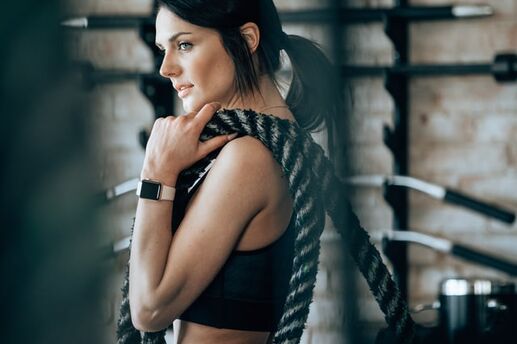A Beginner's Guide to Running
Now that it’s warmer out, you might be thinking about lacing up your sneakers. Running is a fantastic way to enjoy the season while conditioning your body. In fact, it’s one of the top calorie-burners around: You can torch 700 to 800 calories an hour, according to a study done in part by the Medical College of Wisconsin.
It’s also a terrific cardio workout for women, protecting against heart disease. And the benefits don’t stop there: Research shows that it eases stress, strengthens joint ligaments and even lowers cancer risk.
Don’t know where to begin? Start with the following advice. These tips will help you choose the best gear, prevent injuries and keep you running throughout the season -- and beyond. Ready, set, go!
Avoid Injury
Studies show that 80 percent of runners suffer a moderate or severe injury, such as shin splints, plantar fasciitis or runner’s knee. A few precautions can help you from being sidelined:
- Have a plan. Work with a trainer to outline an appropriate-for-you routine or follow a professionally designed beginner’s workout, like Couch to 5K.
- Warm up and cool down. Start with five minutes of brisk walking or slow jogging. Then, after your workout, stretch and use a foam roller to release tight muscles.
- Mix things up. Cross-training can build endurance while giving your body a break from running. And don’t forget strength training, which shores up bones, joints, tendons, ligaments and core strength.
- Don’t do too much, too soon. Try not to increase any aspect, such as speed or distance, by more than 10 percent per week. And designate at least one day each week. Bottom line: Listen to your body. You may step outside of your comfort zone while running, but don’t ignore any aches or pains.
Watch Your Form
You’ll run more efficiently and easily when you maintain proper form. Remember to:
- Look ahead. As you fatigue, remember to stand tall instead of slouching. And gaze forward instead of down so that your head and neck are aligned. Also remember to keep your shoulders low and loose; resist the temptation to have them creep toward your ears.
- Watch your arms and hands. Swing your arms forward instead of across the body. Elbows should be at a 90-degree angle and your hands should be loose, with your fists unclenched.
Gear Up
One of the best things about running is that you don’t need a lot to do it. What to look for:
- The right shoe. A professional can help you find the best shoe for your foot shape and gait.
- Synthetic socks. Running in a cotton pair is a surefire way to develop blisters. Synthetic fibers may cost more, but they’ll last longer and help keep your feet healthy.
- A tissue or two. Running is an excellent way to clear your sinuses, and you may get sniffly during your run. Or as you heat up, you may want to blot your face with a tissue to stay beautiful.
Stay Motivated
Running is as emotional and mental as it is physical. Be sure that you:
- Stay positive. Stop thinking of it as “hard.” Instead, focus on the benefits, like how great you feel afterward. They don’t call it a “runner’s high” for nothing.
- Put on some tunes: Energizing beats help keep you moving!
- Stop thinking, start doing. It can be hard to wake up early to run at times … or do it after work. But don’t let your mind fashion excuses. Just lace up and go!
Photo by Greg Rosenke on Unsplash
Like this article? Get more by following us on Facebook at Beauty & Confidence.
